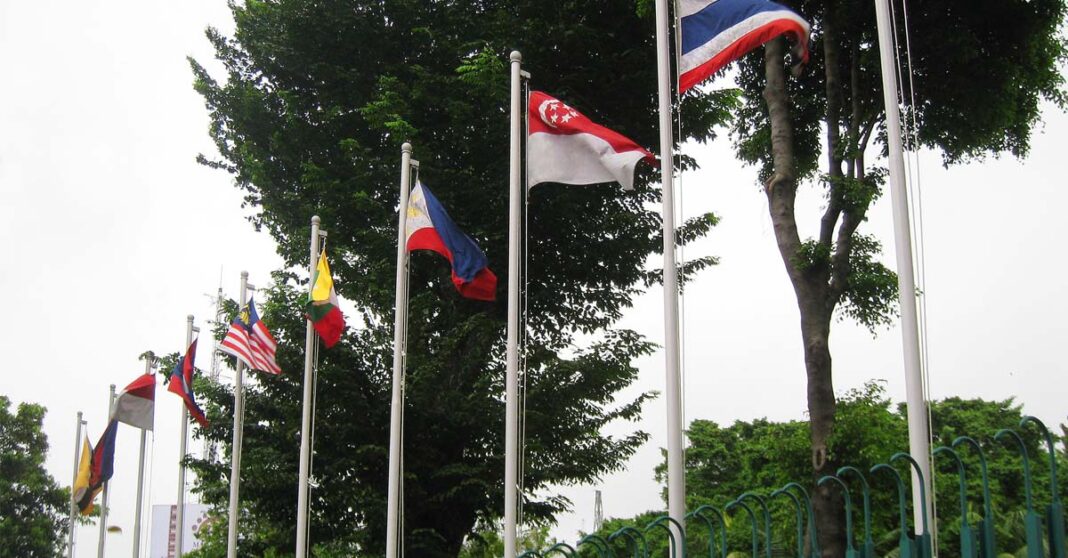The United States’ updated reciprocal tariff regime officially took effect today, hitting several Southeast Asian economies with a range of steep new import taxes.
Despite weeks of last-minute diplomacy, Laos and Myanmar remain among the hardest hit, each facing a 40 percent tariff rate, one of the highest in the region.
Laos, which initially braced for a punishing 48 percent rate, saw a modest reduction to 40 percent after limited progress in trade talks with US officials.
However, the inability to secure a more substantial concession reflects stalled negotiations and a lack of alignment with US trade and security priorities.
While it’s an improvement, the high rate is expected to weigh heavily on Lao exports, especially in garments and textiles..
Thailand, Cambodia Secure Reduced Rates After Border Truce
In contrast to Laos and Myanmar, several of their regional neighbors successfully lobbied for reduced tariffs.
Thailand and Cambodia, originally targeted with rates above 35 percent, secured a reduction to 19 percent following a US-mediated border truce and pledges to improve market access for American goods.
Malaysia, credited with brokering that ceasefire, also received a favorable rate of 19 percent, as did Indonesia and the Philippines, who have maintained consistent trade cooperation with Washington.
Thailand’s concessions were particularly sweeping, including the elimination of tariffs on 90 percent of American imports and a commitment to cut its trade surplus by 70 percent over the next three years. In return, the US Commerce Department confirmed a bilateral trade deal had been finalized.
Cambodia’s pathway to reduced tariffs is less transparent, though officials point to its role in regional stability and preliminary moves on labor and governance reform.
For the rest of Southeast Asia, tariff rates remain mostly in line with earlier announcements.
Vietnam is facing a 20 percent rate, while Myanmar’s adjusted rate stands at 40 percent. Singapore, Indonesia, and the Philippines continue to see rates ranging between 19 and 25 percent.



